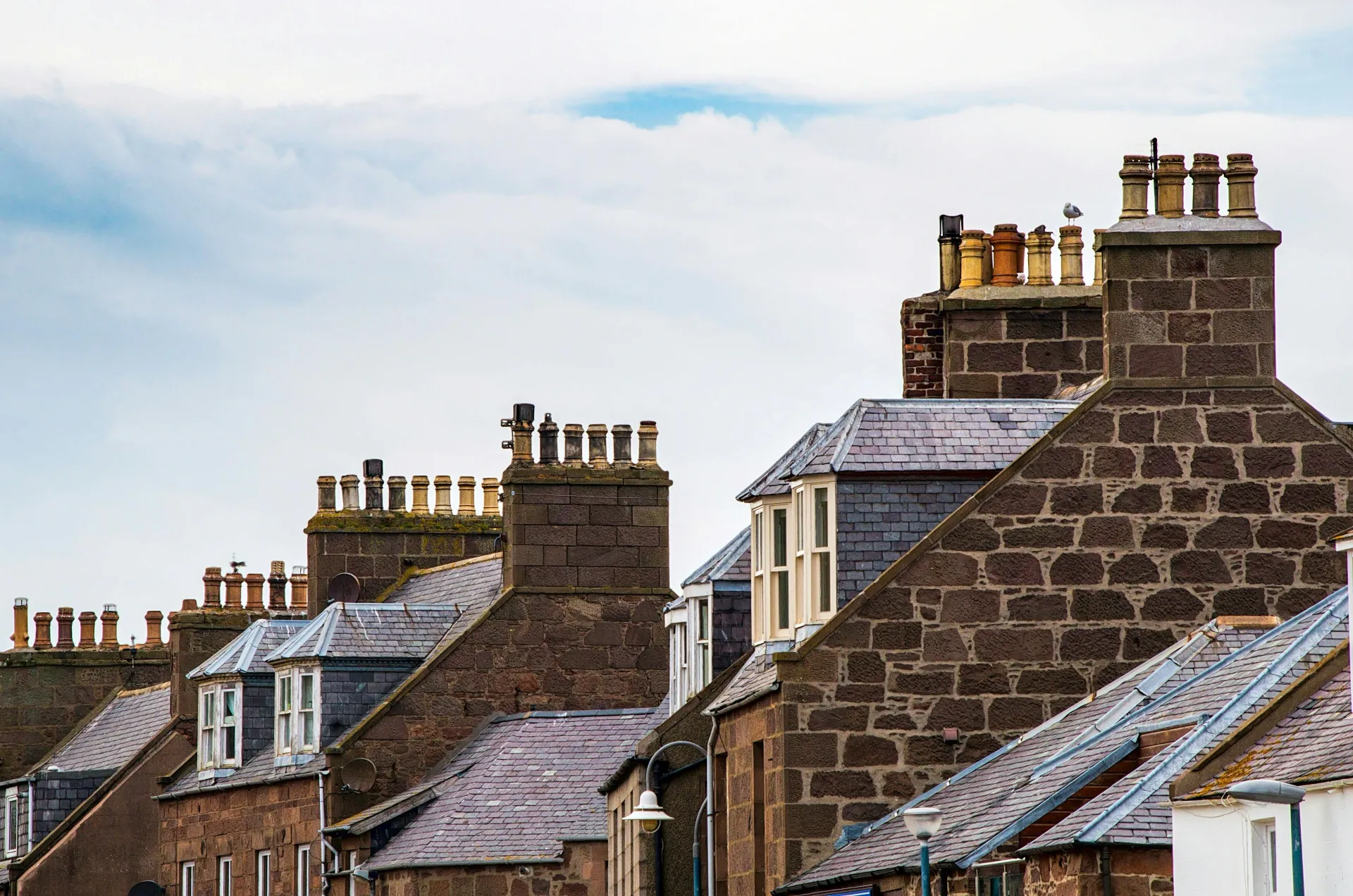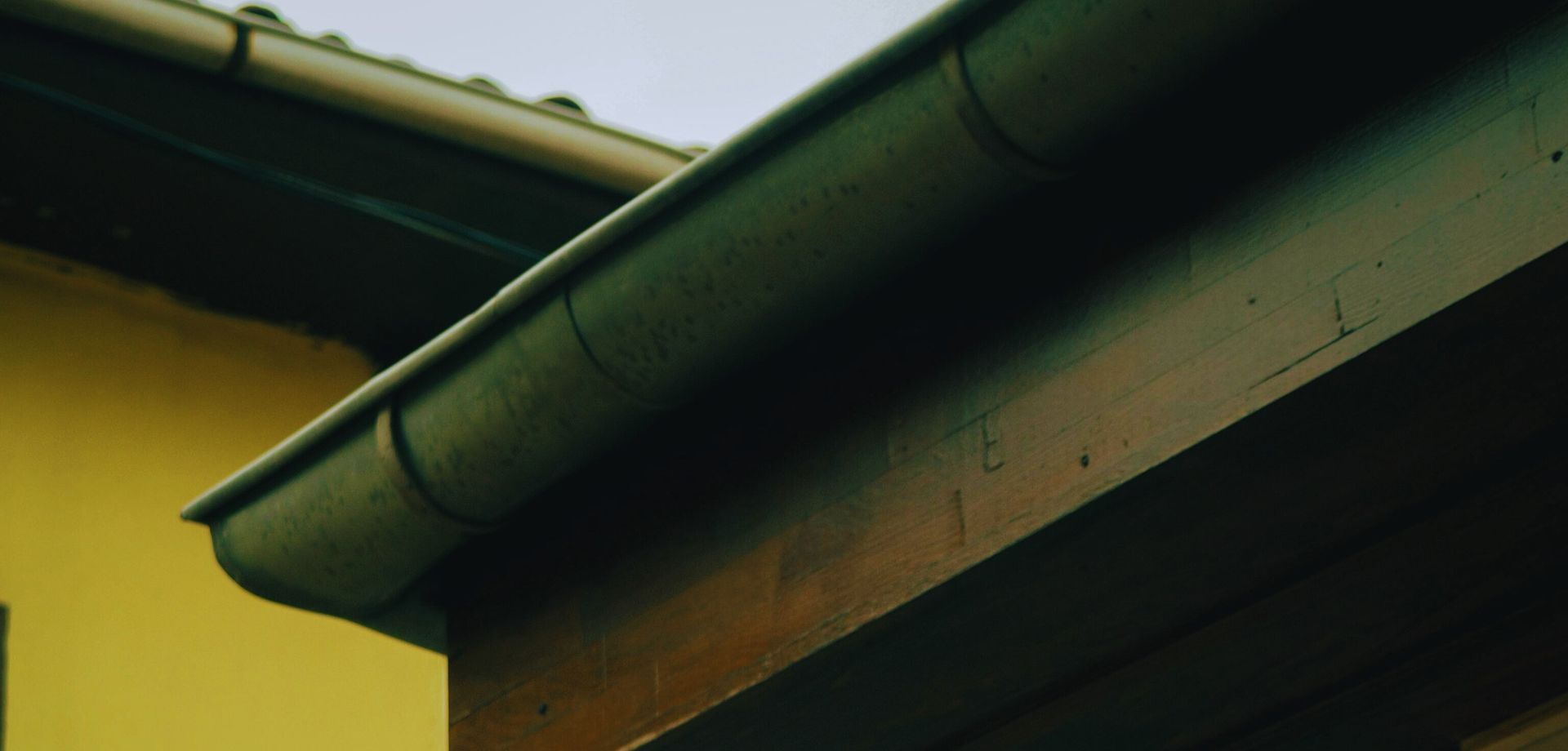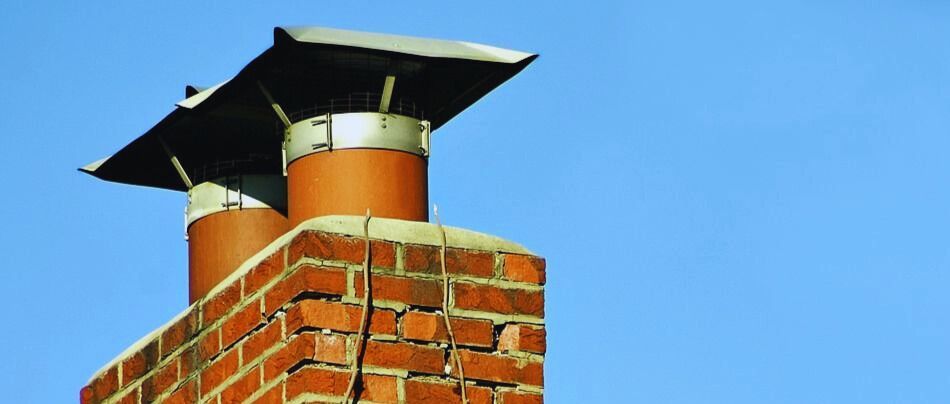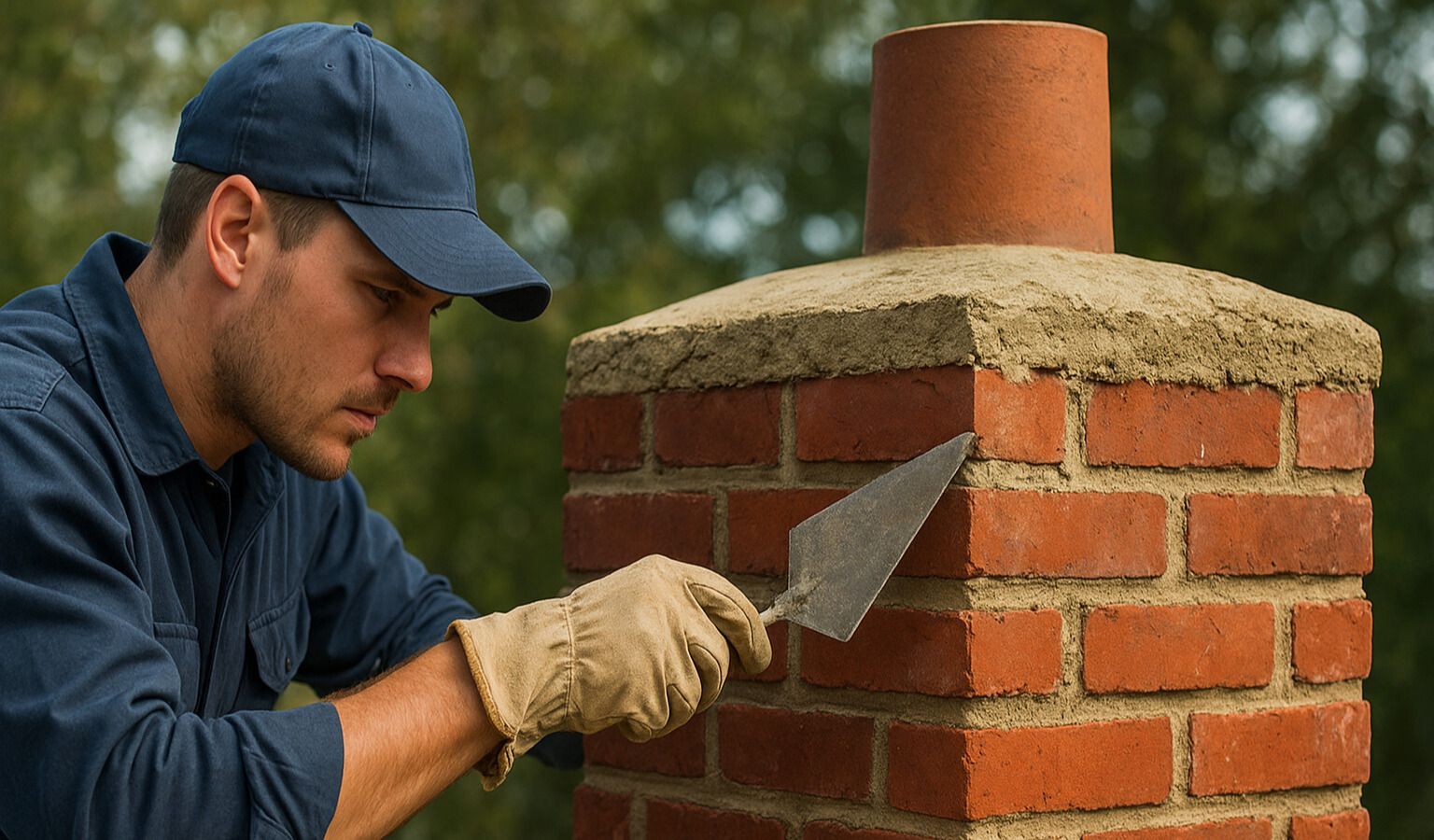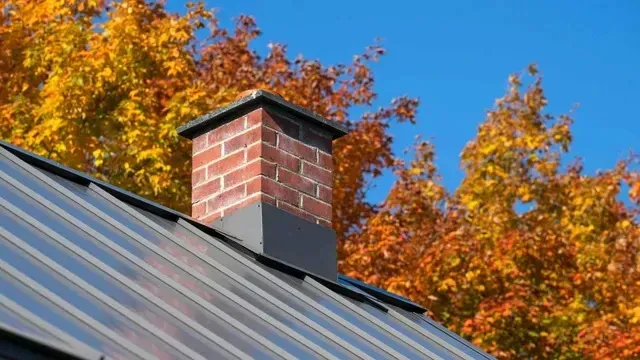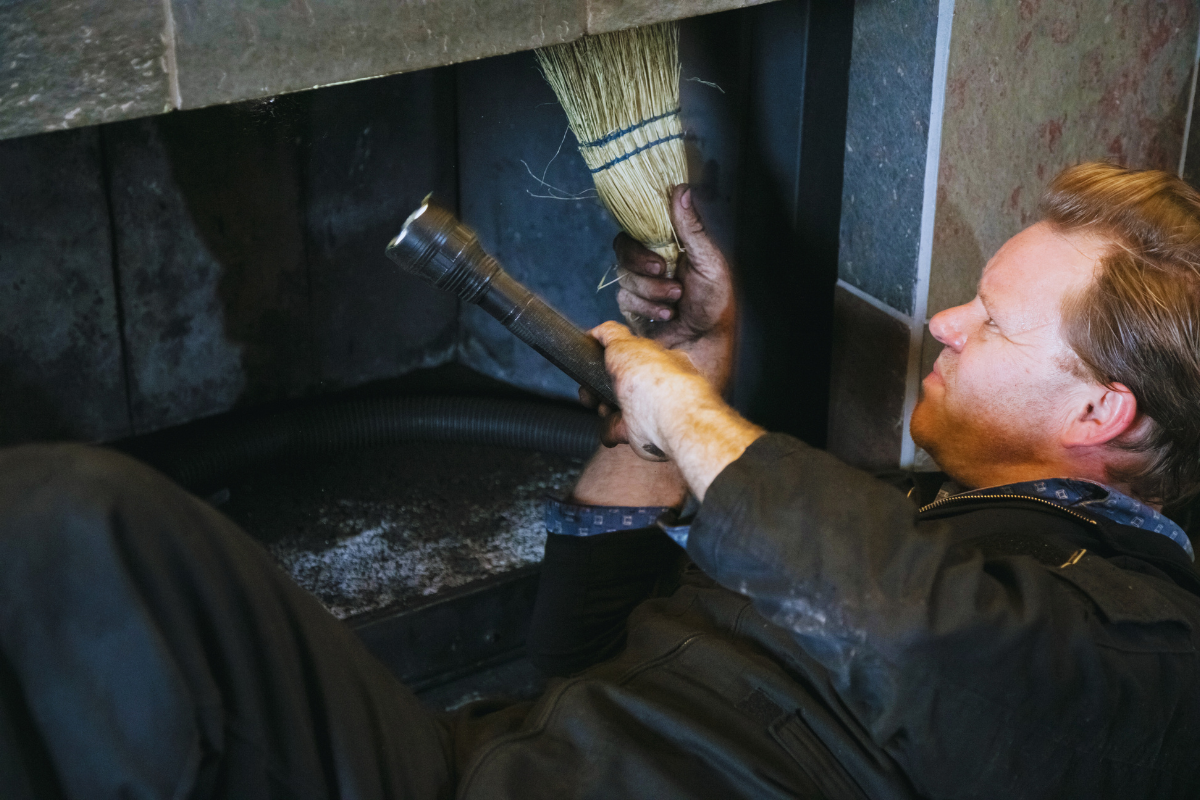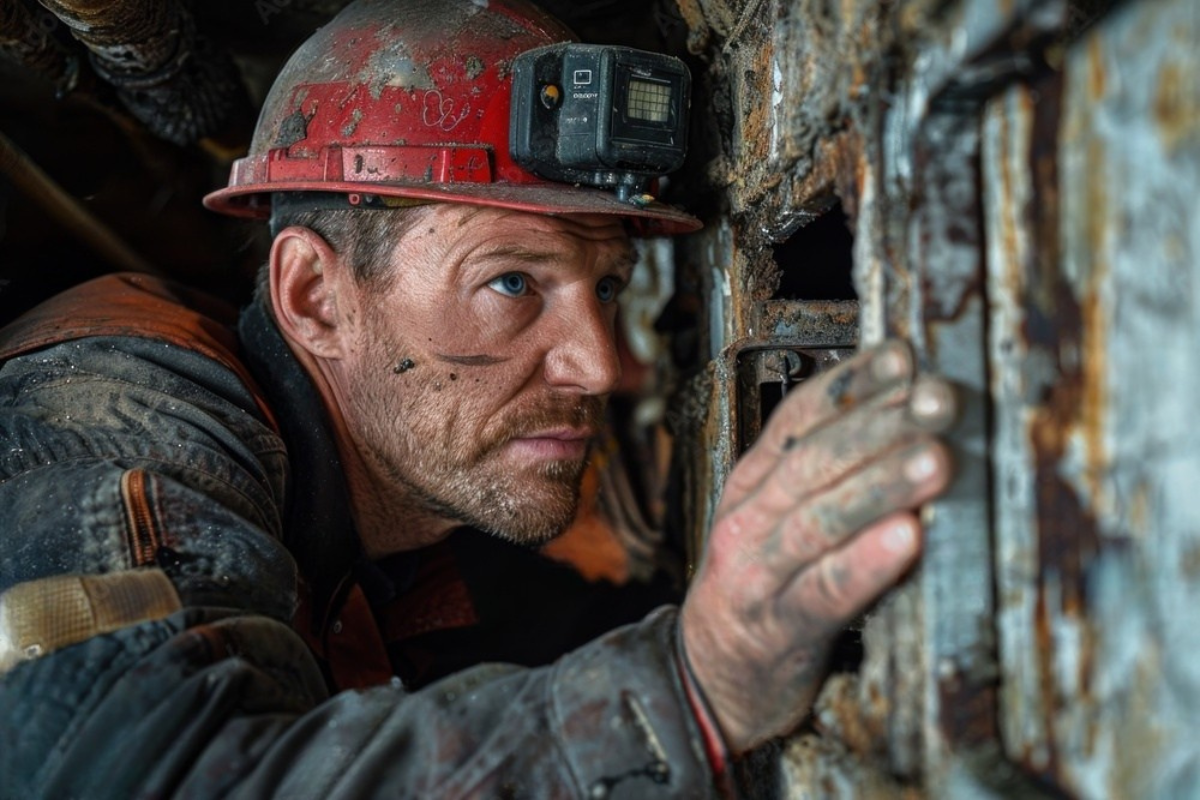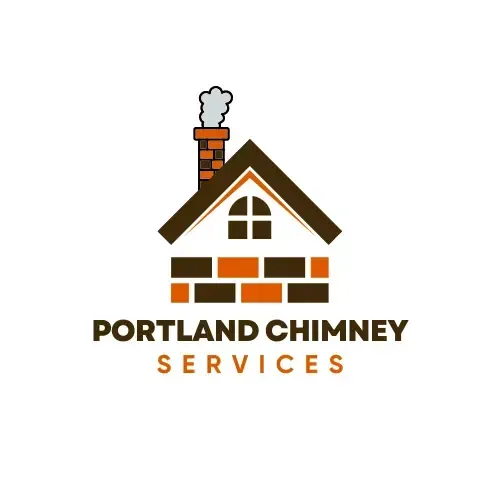Fixing Chimney Leaks in Portland: A Homeowner’s Guide to Spring Maintenance
Portland’s rainy season can wreak havoc on chimneys, leading to frustrating leaks, structural damage, and costly repairs. As spring arrives, it’s the perfect time to inspect and fix any chimney issues before they escalate. A leaking chimney can cause mold growth, weaken the structural integrity of your home, and lead to expensive repairs. This guide covers everything you need to know about fixing chimney leaks in Portland, from common causes to effective maintenance solutions.
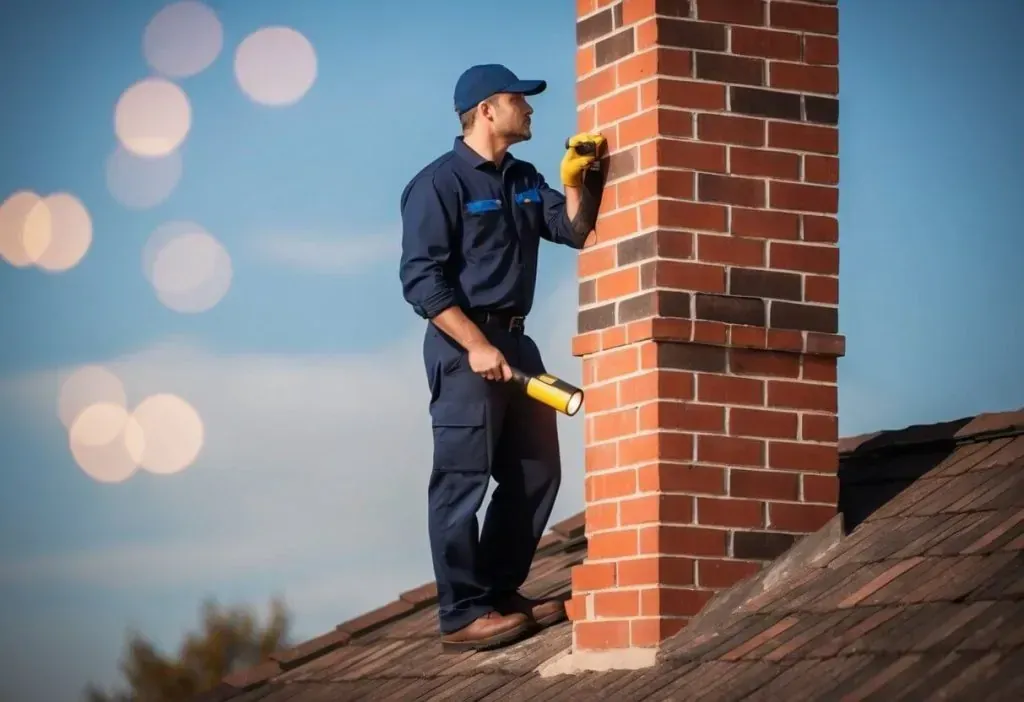
Understanding Chimney Leaks in Portland
A chimney leak isn’t just an inconvenience—it can lead to severe damage if left unchecked. Portland’s frequent rain, combined with temperature fluctuations, makes chimneys particularly vulnerable to leaks. Water seeps into masonry cracks, damages the flashing, and weakens the mortar joints, allowing moisture to penetrate your home.
Why Portland’s Weather Worsens Chimney Leaks
The damp climate in Portland accelerates chimney deterioration. The key factors include:
- Heavy Rainfall: Constant exposure to moisture leads to water infiltration through porous bricks.
- Temperature Swings: Freeze-thaw cycles cause masonry to expand and contract, leading to cracks.
- Moss and Algae Growth: Portland’s humidity encourages moss buildup, which traps moisture and speeds up chimney degradation.
Spring Chimney Maintenance: Why It Matters
Spring is the ideal season for chimney inspections because it allows homeowners to address any winter damage before the rainy season returns. Proper maintenance prevents small leaks from turning into major issues, ultimately saving time and money.
Common Causes of Chimney Leaks
Several factors contribute to chimney leaks, including:
- Cracked Masonry: Bricks and mortar deteriorate over time, creating entry points for water.
- Damaged Chimney Cap: A missing or broken cap allows rainwater to pour directly into the chimney.
- Faulty Flashing: If the metal flashing around the chimney is loose or corroded, water seeps through gaps.
- Condensation Issues: Poor insulation leads to condensation buildup, causing moisture damage.
Identifying a Chimney Leak: Signs to Watch For
To catch chimney leaks early, watch for these warning signs:
- Water stains on ceilings or walls near the chimney
- A musty odor inside the fireplace
- Crumbling or deteriorating mortar joints
- Rusted damper or fireplace components
DIY Inspection Checklist for Chimney Leaks
Homeowners can perform a basic chimney inspection using this checklist:
✔ Check for visible cracks or gaps in the masonry
✔ Inspect the chimney cap for rust or damage
✔ Examine the flashing for signs of separation or corrosion
✔ Look inside the fireplace for moisture or rust
Fixing Chimney Leaks: Step-by-Step Guide
Once you identify the source of the leak, follow these repair steps:
- Seal Cracks in the Chimney: Use a waterproof sealant to repair minor masonry cracks.
- Replace Damaged Flashing: Secure or replace flashing to prevent water infiltration.
- Install or Repair the Chimney Cap: A properly fitted chimney cap keeps rain, debris, and animals out.
For professional chimney repairs, visit Chimney Services.
Best Waterproofing Solutions for Chimneys
Applying a waterproofing sealant protects chimneys from moisture damage. Choose a breathable masonry sealer that repels water while allowing vapor to escape.
Flashing Repairs: A Major Culprit in Chimney Leaks
Flashing is the metal barrier between the chimney and roof. When improperly installed or corroded, it leads to significant leaks. Replacing flashing requires:
- Removing old, damaged flashing
- Applying a waterproof underlayment
- Sealing joints with high-quality caulk
Chimney Cap: The First Line of Defense
A well-installed chimney cap prevents rainwater from entering the flue. Homeowners should choose a durable, rust-resistant cap made from stainless steel or copper for long-lasting protection.
When to Call a Professional Chimney Service
While minor repairs can be DIY-friendly, some leaks require professional intervention. If you notice extensive masonry damage, persistent leaks, or structural issues, contact a certified chimney specialist.
Need expert chimney repair? Contact Portland Chimney Service today!
How to Prevent Future Chimney Leaks
- Schedule annual inspections to catch small problems early
- Keep the chimney cap secure and free of obstructions
- Apply waterproof sealants to extend the life of your chimney
- Repair cracked mortar joints before they worsen
Spring Maintenance Checklist for Chimneys
✅ Inspect chimney structure for cracks
✅ Test damper operation
✅ Clean gutters and downspouts near the chimney
✅ Check for rusted or damaged chimney components
Frequently Asked Questions About Chimney Leaks
How much does chimney repair cost in Portland?
Costs vary but typically range from
$300 to $2,000, depending on the severity of damage.
Can I waterproof my chimney myself?
Yes, but professional waterproofing provides
longer-lasting protection and ensures proper application.
Why is my chimney leaking if it has a cap?
Leaks may be caused by
damaged flashing or cracked masonry, not just the cap.
Conclusion
Fixing chimney leaks in Portland is essential for maintaining your home’s structural integrity. Regular inspections, timely repairs, and professional maintenance can prevent costly damage and ensure your chimney remains leak-free.
